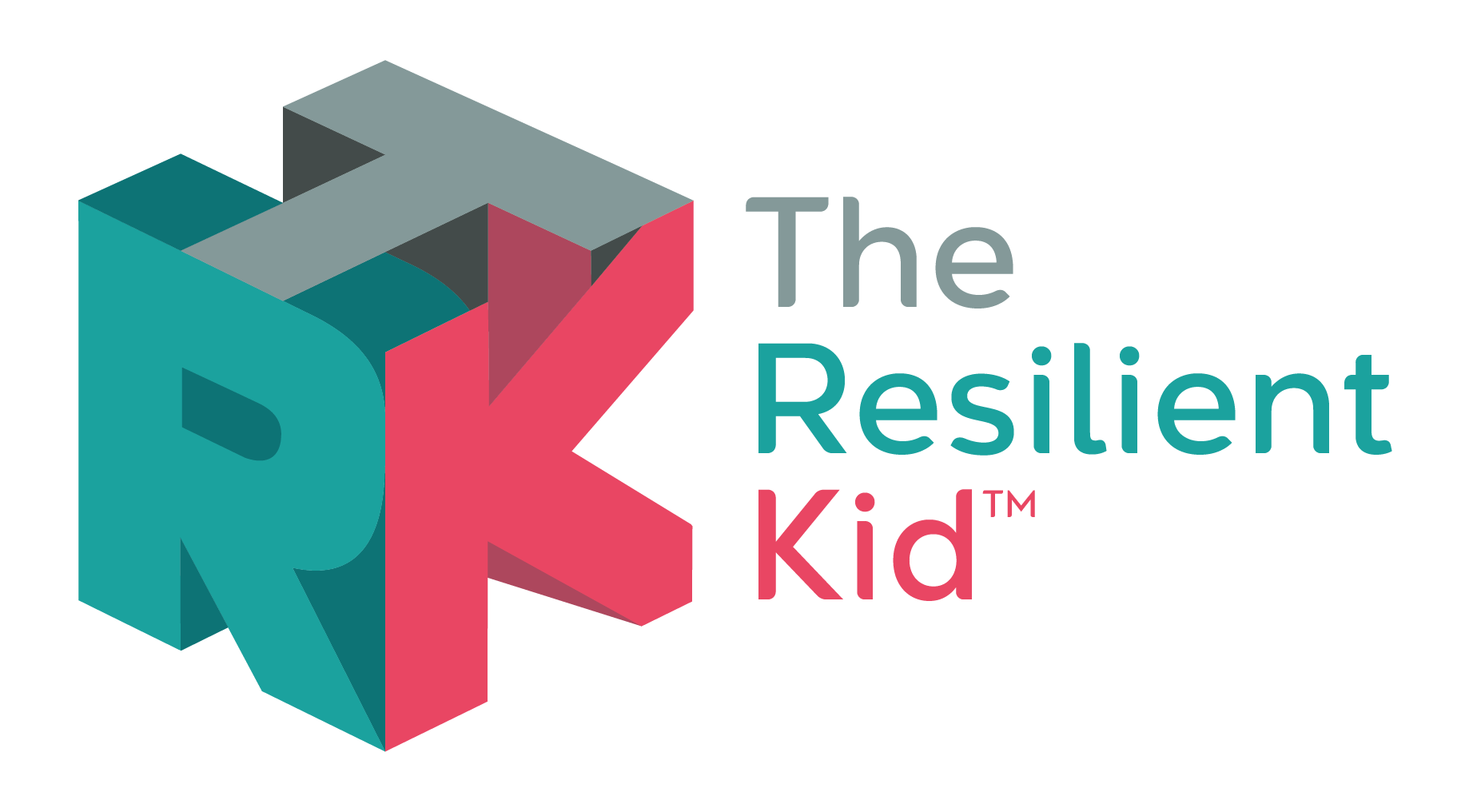
Nurturing Emotional Resilience in Kids
14/12/2023
Nurturing Emotional Resilience in Kids
As parents, we play a pivotal role in guiding our little ones through the intricate journey of emotional regulation. In this blog, we'll explore practical tips and insights to help you navigate this essential aspect of parenting.
Understanding Triggers:
It all begins with understanding our own triggers. Reflect on your experiences and recognize how they might influence your reactions to your child's behavior. By acknowledging these triggers, we pave the way for a more empathetic and supportive approach to our children's emotional well-being.
The Long-Haul of Emotional Regulation:
Contrary to common belief, emotional support is a long-term commitment. The development of the prefrontal cortex, the emotional control center, extends into early adulthood. Therefore, our role as emotional guides persists well beyond the teenage years, emphasizing the need for a sustained and patient approach.
Tips for Parents:
- Pick Your Battles: Choose moments of guidance wisely, especially when your child has faced challenges. Steer clear of unnecessary conflicts, particularly during shared family times like meals.
- Pick Your Timings: Respect your child's activities and provide fair warnings before interrupting. Ensure their basic needs are met and create a conducive environment for open communication.
- Get Close: Proximity matters. Match your calm energy with theirs, whether through physical closeness or understanding gestures. This helps regulate their nervous system.
- Connect: After an emotional outburst, allow your child the necessary time (30 to 45 minutes) for their nervous system to reset. Connect with them, understand their feelings, and discuss consequences once they are calmer.
Stages of Emotional Regulation:
Identify Emotions:
Encourage your child to label their emotions and share your own feelings. This builds their emotional vocabulary and understanding.
Recognize Triggers:
Guide them in identifying what triggers their emotional responses. Validate their feelings and provide insights into their emotional landscape.
Teach Self-Regulation:
Introduce age-appropriate concepts, such as metaphors or models, to help them understand and regulate their emotions independently.
Top Tips for Kids' Emotional Regulation:
Regular Exercise:
Promote physical activities that disperse stress hormones and provide opportunities for varied social interactions.
Breathing Exercises:
Teach simple yet effective breathing exercises to calm the fight-or-flight response.
Create a List:
Collaborate on a list of activities they can engage in when upset. Options may include exercise, listening to music, or connecting with friends.
Meditation:
Introduce simple meditative practices or calming activities to help them find moments of peace.
Artistic Outlets:
Encourage drawing, sketching, or coloring as creative and calming outlets for emotional expression.
Conclusion:
Fostering emotional resilience in our children is a journey that requires patience, understanding, and ongoing commitment. By implementing these practical tips, we empower our kids to navigate their emotions, setting the foundation for a resilient and emotionally intelligent future.
Remember, it's not just about the present but also about nurturing lifelong skills that will serve them well in the years to come. Embrace the journey of emotional guidance, and watch your children flourish into emotionally resilient individuals.
Comments
Must be Logged In to leave comments.

